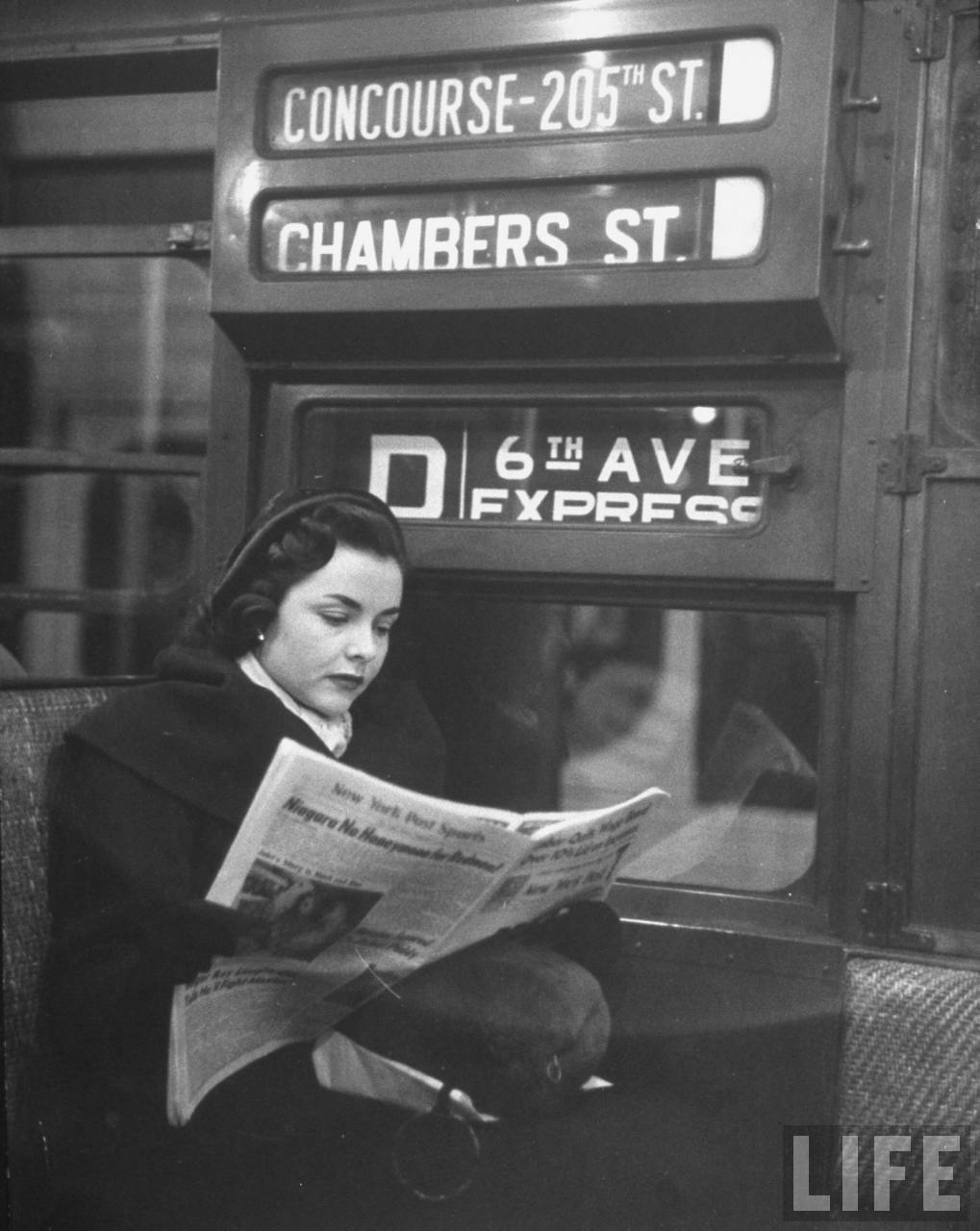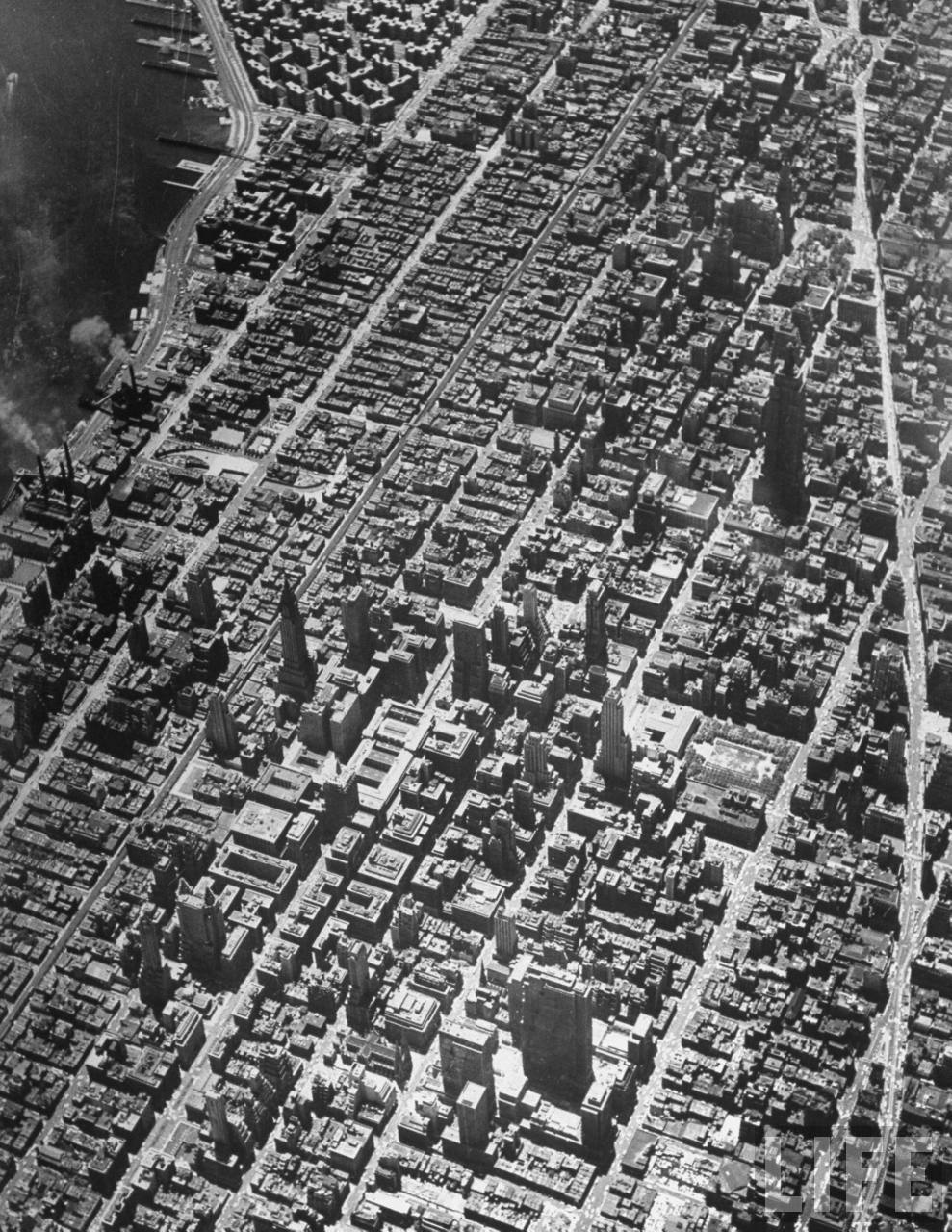Contributed by Tim Towslee. Many thanks Tim!
Ed. note: This is great background for examining the cultural shifts that Salinger was reacting against. More information is forthcoming about Salinger’s relationship to post-war consumer culture.
Consumer Culture: 1945-1960
A Very Short History of Consumerism in Prewar America:
- Consumerism has its roots on American soil in the seventeenth century. The puritans believed that there were two types of consumption: that which was directed at satisfying needs, and that which purposed to satisfy wants. They considered the former legitimate and condemned the latter (Campbell 19).
- As America developed as a nation, consumerism played a great role. In the eighteenth and nineteenth century, Americans were producers. In the mid- to late- nineteenth century, with the emergence of the middle class, a shift occurred and more people took part in consumption of goods rather than production. At the end of the nineteenth century, middle-class Americans left their blue-collar production jobs for white-collar careers in sales, advertising, banking, etc. These jobs afforded them more money and more leisure time in which to spend it. Thorsetein Veblen’s Theory of the Leisure Class (1899) addresses this phenomenon. His book is still uncannily prescient today.
- American culture transformed from a more text and language based society to a more audiovisual culture in the late-nineteenth and early-twentieth centuries. Warren Susman identifies this period as the origin of “the comics, the poster, the photograph, the phonograph, the telephone, the radio, moving pictures, advertising, pulp magazines and with them certain genres of fiction and nonfiction, and, perhaps most centrally, the automobile” (xxvi). Susman argues that these media define our culture and its ideology.
- In his book Keywords (1985), consumer culture historian Raymond Williams lists “personality” as one of the words that entered the middle class vocabulary in the early twentieth century as advertisers catered to the individual and the development of self through consumerism.
- Veblen’s model assumes that consumption is a form of communication in which the ‘signals’ concerning wealth (and thus, it is argued, the social status) of the consumer are telegraphed to others. In addition, it is assumed that individuals seek to use such ‘conspicuous consumption’ as a way of improving their social standing, aiming ultimately to ‘emulate’ that ‘leisure class’ which, it is claimed, stands at the pinnacle of the class system. This view of the class system links it directly with an ethically dubious activity, social climbing. In assuming that consumers’ main interest in goods is as symbols of status, Veblen asserts that consumers are motivated by a mixture of anxiety (over how others may view them) and envy (of those in a superior position). (Campbell 21)
- The seeds of mass consumption were planted in America in the 1920s and 1930s, but the Great Depression and World War II kept it from flourishing until 1945. There were, however, visible sprouts present in wealthy metropolitan areas that were unfazed by both depression and war.
- In his 1941 State of the Union Address, Franklin D. Roosevelt “laid out ‘Four Freedoms,’ one of which was ‘freedom from want,’ calling for ‘the enjoyment of the fruits of scientific progress in a wider and constantly rising standard of living’” (Glickman 5).
Postwar Economy in a Nutshell:
- After World War II, America experienced an economic boom attributed to, among other things, lower gas prices, more women in the workforce, the baby boom, and a vast suburban migration. More than anything else Americans cast aside their penny pinching thrift, a habit necessitated by twenty years of depression and war, and replaced it with a new level of consumption. Answering F.D.R.’s call, middle-class Americans were now “denoted by their skills in ‘the art of living’ – defining their social status and sense of cultural identity through distinctive, consumption-driven lifestyles, their values and codes of behavior laying an accent on stylistic self-expression, self-conscious display, and [using Pierre Bourdieu’s ‘new petite bourgeoisie’ terminology] an ‘ethic of fun.’ …[They] embraced “hedonistic consumption as an acceptable – indeed, highly desirable – focal point to their values, aspirations, and social practices” (Osgerby 12).
- America proved the biggest single consumer of [its own outpouring of wartime production]. Denied many goods during the austere war years, their pockets lined with unspent money, citizens rushed to buy everything that appeared on the new peacetime market. The orgy of self-indulgence created a level of prosperity unseen since the heady days just before the stock market crash of 1929 (Young 3).
- Between 1950 and 1960, the gross national product grew from $285 billion to $500 billion.
- The U.S. population grew from 132 million in 1940 to 150 million in 1950, and to 179 million in 1960.
- The median family income rose from $3,083 per year in 1950 to $5,976 per year in 1960. This surge in disposable income manifested itself in increased sales of “new cars (as opposed to used ones), televisions, high-fidelity units, improved telephones, alcoholic beverages, and endless entertainment” (Young 6).



